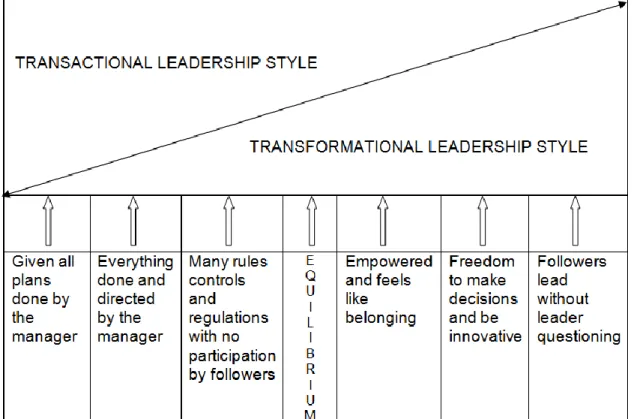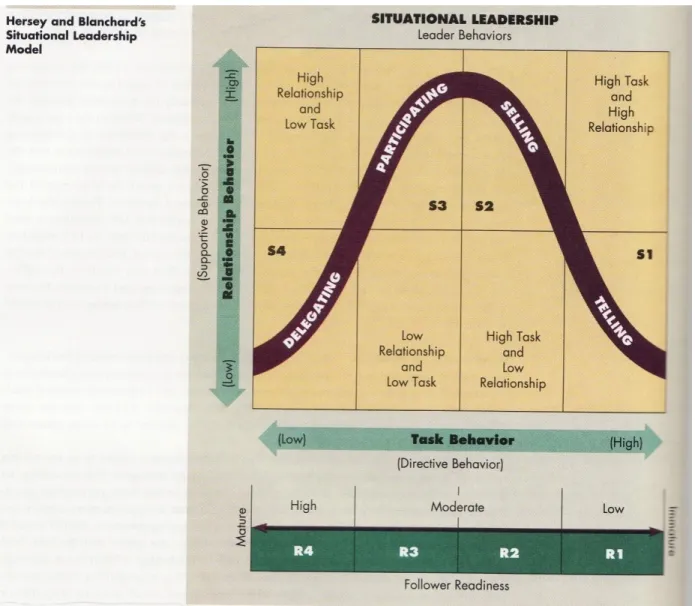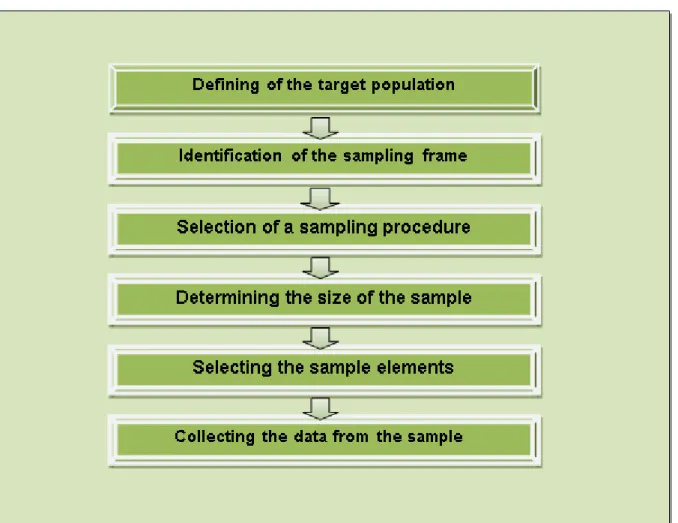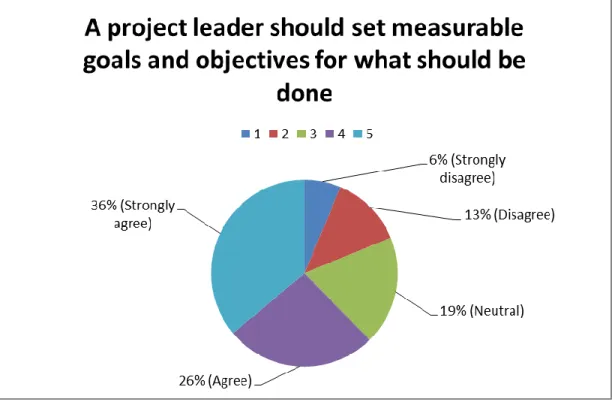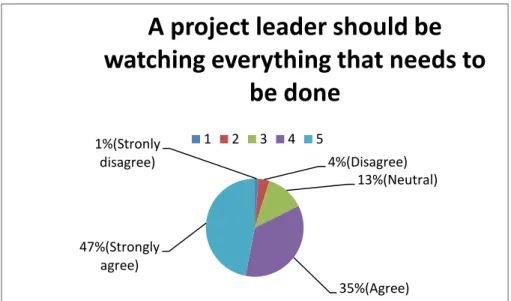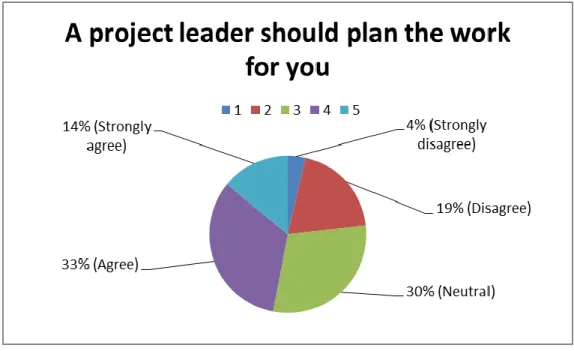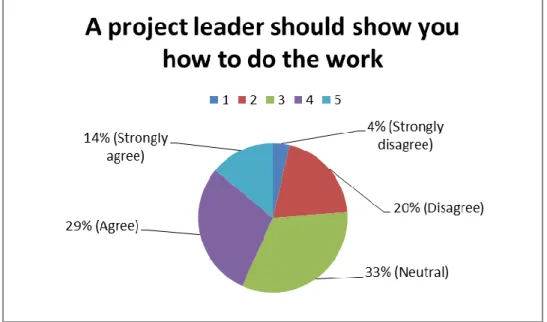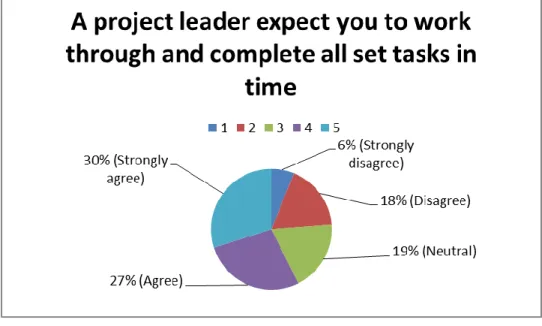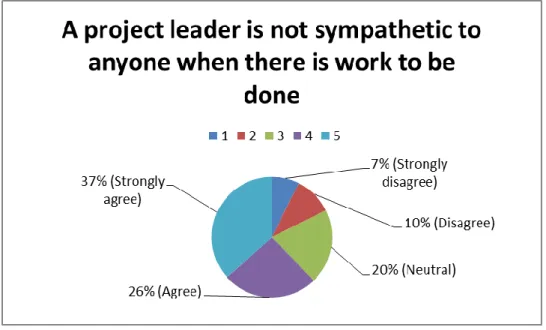Furthermore, it represents my own opinions and not necessarily those of the Cape Peninsula University of Technology. Project management or management is unique because of the uniqueness of the project and the environment in which the projects are carried out.
ORIENTATION OF THE STUDY
- INTRODUCTION
- BACKGROUND TO STUDY
- PROBLEM FORMULATION
- AIM AND OBJECTIVES OF THE STUDY
- RESEARCH DESIGN AND METHODOLOGY
- CHAPTER CLASSIFICATION
- SYNOPSIS
In all project implementations, the success of the project will depend on the relationship between the project manager and the project team. Therefore, it is important that the project manager's leadership styles display relational behaviors that are used to influence others to achieve project goals.
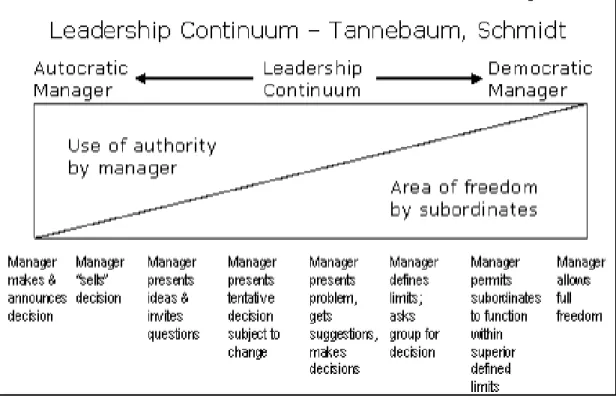
LITERATURE REVIEW
INTRODUCTION
BACKGROUND
- Transformational leadership theory
- Understanding followership
- Determinants of leadership style
- Followership continuum
Transformational leadership style is considered as one that engages the subordinates to ask for their commitment to the goals of the organization. The effective leadership style of the leader must match the subordinate model developed through learned knowledge, practice and observations (Cronshaw and Lord.
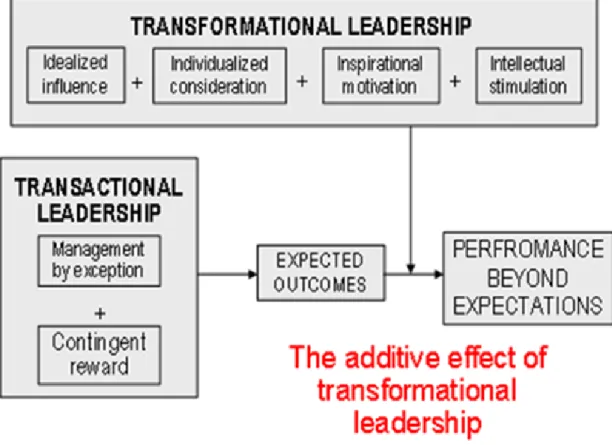
TRANSFORMATIONAL AND TRANSACTIONAL LEADERSHIP STYLES
INTRODUCTION
The various leadership styles widely discussed in the existing literature are largely confined to the Western leadership styles. Not much work has been done on leadership styles outside of Western culture. Although it is, it is still possible to reduce the different styles to the level of the two most common leadership styles, namely:
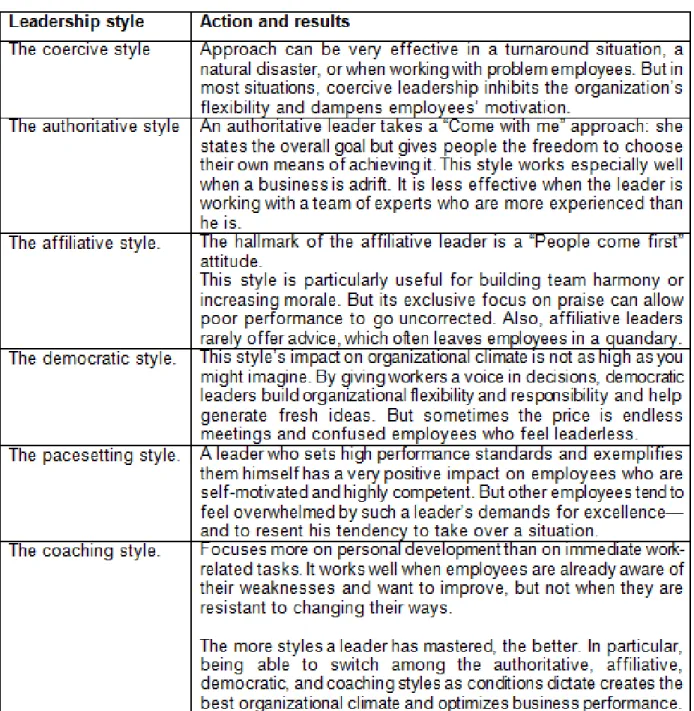
BACKGROUND
- Transformational leadership
- Transactional leadership style
- Contrast between transformational and transactional leadership styles
- The X and Y theories of leadership
- Importance of followership in use of leadership style
Transactional leadership according to Bass, as stated by Turner and Muller, is primarily focused on tasks, while transformational leadership is primarily focused on people. Transactional management according to Keegan et al. it is a give-and-take relationship (exchange relationship) between leaders and their subordinates. From the above information, it can be concluded that transactional management is about managing exceptions and conditional rewards.
In general, transactional leadership is a typical example of the powerful reciprocal exchange of rewards between leaders and followers. Despite the limited approaches highlighted by some leadership studies, transactional leadership is still considered common among bosses and leaders (Marturano et al. Transactional leadership according to Bass, as established by Turner et al, focuses primarily on the task, while transformational leadership focuses primarily on individuals.
In a sense, transactional leadership is about the head; transformational leadership is from the heart (Kliem, 2004:8).
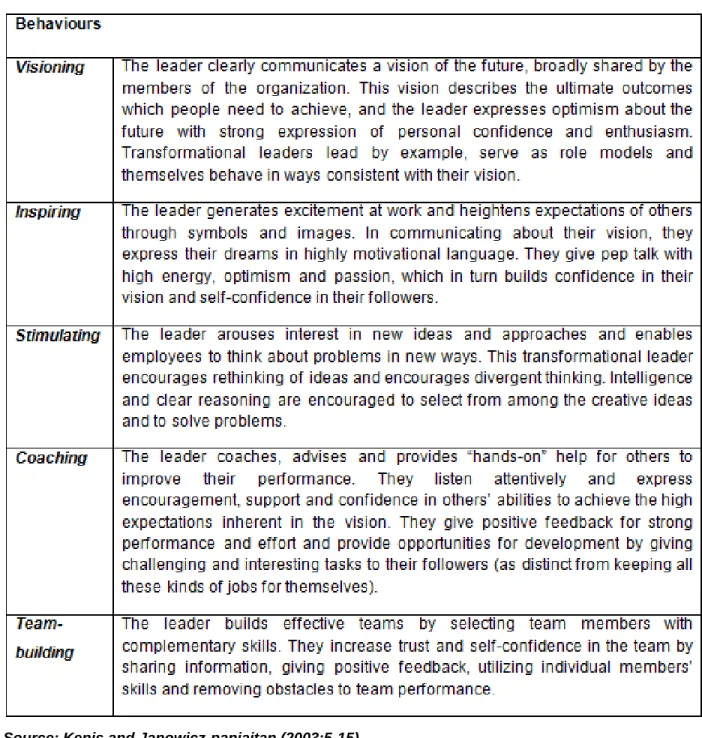
CONCLUSION
Followers who operate under transformational leaders are more likely to achieve high levels of performance in such technology (Seidman and McCauley, 2010:1-3). Leaders are visionaries and in their mission to fulfill the vision, they clearly communicate the purpose and how this vision can be achieved by inspiring and motivating people to embrace it (Robbins, Judge, Odendaal, & Roodt, 2009:290). A transformational relationship focused on shared beliefs and outcomes requires the support of a primary transactional relationship to ensure that the foundations of the task are met (Pardey, 2007:15).
In a different way to how transactional leadership is practiced – through the exchange process, transformational leadership ensures that subordinates are fully engaged, motivated and inspired to complete the task, and their views are respected and recognized by leaders (also Manning and Curtis). as (Pardey, 2007:15).Judge and Piccolo argue that successful results can be ensured if a transformational leader is involved with his leadership effectiveness, although transactional leaders are considered to be successful in their tasks in some work conditions. bottom line and is event focused, monitors and meets expected results with a determination to remain effective throughout the system.
Behavioral components of transactional and transformational leadership have proven to lead to increased satisfaction, motivation, work and organizational commitment and other positive outcomes in various ways (Judge and Bono.
RESEARCH DESIGN AND METHODOLOGY
- INTRODUCTION
- PURPOSE OF THE STUDY
- The primary purpose of this study
- Objectives of the research study
- The research questions
- THE RESEARCH HYPOTHESIS
- RESEARCH METHOD AND RESEARCH DESIGN
- Research method
- Research design
- TARGET POPULATION
- Types of people
- The multi-cultural profile of respondents
- SAMPLING
- Different methods of sampling
- The sampling frame
- Sample–research-fit for the study
- MEASURING INSTRUMENT - QUESTIONNAIRE
- Pre-testing of the questionnaire
- The reliability of instrument used
- The Research Instrument Design
- DATA COLLECTION
- ETHICAL CONSIDERATIONS
- DATA ANALYSIS AND INTERPRETATION
- Data preparation procedures
- DATA VERIFICATION METHODS
- CONCLUSION
The primary purpose of the study is to examine the project manager's management styles that lead to project success. A descriptive survey method can be used as it is suitable for the purpose of the survey. The management dynamic forces lean more in the direction of male leaders than women.
Engineering projects have specific complex technical requirements, depending on the type and size of the project. A sample represents a small group of the population and is used to analyze and decide on the results of the entire population. Most of the researchers who were accepted into the program come from project-based organizations and were involved in projects.
This resulted in the construction of the questionnaire that was ultimately used for the research.

INTRODUCTION
THE EMPIRICAL INVESTIGATION OBJECTIVES
This immediately means that there is a high expectation that the project manager is expected to be found in every activity that takes place in the project. However, it must be said that the level of employees, their skills and the type of tasks is also a factor that must be considered by the project manager. From the statistical data, it is difficult to understand which of the respondents had fewer years of experience in individual types of tasks.
The perception of respondents is somewhat divided in that the number of respondents who strongly agree (18%) is close to the percentage who strongly disagree (15%). The sudden increase in those who agree is positive as this accounts for approximately 69% of respondents. The sum total of those who agree gives a resounding 80% and there is a noticeable decrease in the percentage of ambivalent sitters to just 13%.
Respondents from CONSTRUCTION (Some of the 22% respondents) - refer Figure 5.31 A project manager should obtain commitment from the workers for a satisfactory performance of the task, should be able to lead and lead. Although these are part of the project, they do not always deal directly with the project manager. The distribution of the sample on the various industries can be seen in the illustrations below, Figure 5.31 below describes the distribution.
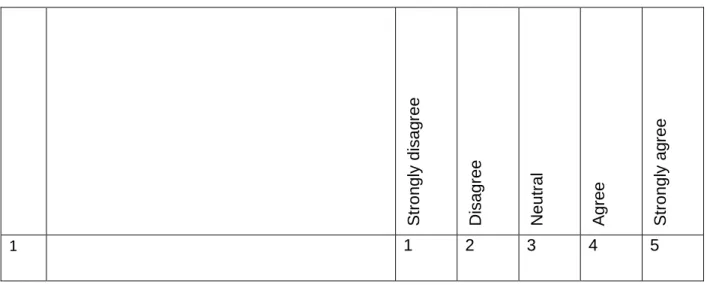
SUMMARY
INTRODUCTION
SUMMARY OF CHAPTER OBJECTIVES
These were discussed with extensive naming and discussion of primary characteristics of the leadership style. Both the primary and secondary objectives of the study are stated, followed by the research questions, no hypothesis was stated. Research methods and research designs are discussed and the differences between them tabulated before details of the choices and reasons are given.
The size of the population type and sample along with the instrument to be used and the data processing processes form the last part of the chapter. Prior to this discussion, the use of the Likert scale for measurement is justified and a distinction is made between discrete statistics that are quantitative and the qualitative statistics that are ideal for this study. The interpretation is given on each of the findings as they appear in the questionnaire, and the chapter closes with the biography of the interviewees.
For the convenience of respondents, a scale presented in numerical form (to help decide the extent of agreement or disagreement) that complements the statements used; so in this case.
CONCLUSIONS
It is recommended that the project manager carefully examine the type of follow-up and decide on a style that suits the subordinates concerned. We recommend that the project management assess the abilities of subordinates according to the tasks and enable them to work independently. Do you want a leader who - is charismatic and full of zeal and enthusiasm in what he does.
You want a leader who - is actively involved in work and is visible to everyone around. Do you want a leader who - strives to achieve the goals he has set by inspiring others. Do you want a leader who - Is always looking forward to other things / even the future.
There is no position that can be agreed upon, and it is recommended that the leadership study this matter before deciding on a style.
LIMITATIONS OF THE RESEARCH
Supposedly bravely standing up in support of the cause of the subordinates will get support, but not against the subordinates. With this in mind, it is recommended that leaders avoid surprising subordinates, and one of the best ways to do this is to share visions and plans in advance. There is an acceptance of people who will continue to strive to achieve, and 57% of respondents believe this is a good trait to have in a good leader.
It is hereby recommended that leaders accept the importance of endurance as a valuable quality of good leadership. There are a few areas where there was disagreement with expectations, as highlighted in each of the cases noted above. It is further suggested that in cases where the level of ambivalence was high, sometimes more than a third of the total, it may be necessary to look again.
It may be necessary to conduct the same research but specifically in specified industry types to remove the element of differences caused by the nature of the tasks.
RECOMMENDATIONS
The curvilinear relationship between assertiveness and leadership. 2003), “Context and leadership: an examination of the nine-factor full-range theory of leadership using the multi-factor leadership questionnaire”, Leadership Quarterly, Vol. Implicit theories of leadership in applied settings: Factor structure, generalizability, and stability over time. Journal of Applied Psychology The moderating role of individual differences in the relationship between perceptions of transformational/transactional leadership and organizational identification”, Leadership Quarterly Journal. Transactional, transformational, or laissez-faire leadership: An assessment of the leadership styles of agricultural college academic program leaders (deans), Journal of Agricultural Education.
Understanding project failure: Using cognitive mapping in an insurance project. 2011), “The relationship between leadership behaviors and performance: the moderating role of age level, gender, and cultural heterogeneity of a work team”, Leadership &. 2005), “Leading from within: the effects of emotion recognition and personality on transformational leadership behavior”, Academy of Management Journal, 48 (5), p. First among equals: The effect of team leader characteristics on the internal dynamics of cross-functional product development teams." Journal of Product Innovation Management. Project management theory building: past research, questions for the future ., 2006), "Effects of leadership style and team process on performance and innovation in functionally heterogeneous teams", Journal of Management, 32, 1-26.
The Relationship between Leadership Styles and Job Satisfaction of Foreign English Teachers in English Adult Schools: Evidence from Taiwan”, The Journal of American Academy of Business, Cambridge, 14 (2).
